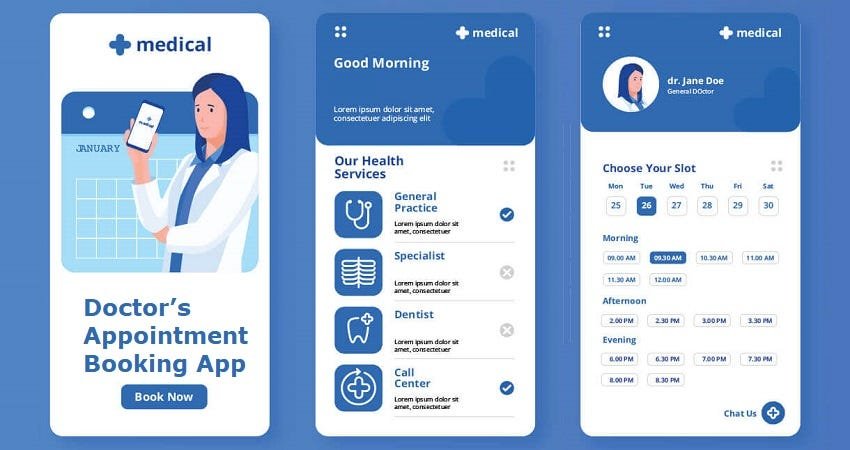Telemedicine has emerged as one of the most significant advancements in healthcare, making medical services more accessible, efficient, and patient-centric. Digital platforms now allow patients to connect with healthcare professionals from the comfort of their homes, eliminating the need for long wait times and physical visits. Telemedicine encompasses video consultations, remote diagnostics, and electronic prescriptions, streamlining medical care and reducing the burden on healthcare facilities.
One of the biggest advantages of telemedicine is its ability to break down geographical barriers. Patients no longer need to travel long distances to consult specialists, as virtual consultations provide instant access to expert medical opinions. Moreover, telemedicine integrates seamlessly with electronic health records (EHRs), enabling doctors to access a patient's complete medical history and make informed decisions in real time.
Beyond convenience, telemedicine is crucial for emergency medical services and chronic disease management. Remote patient monitoring tools help track vitals such as heart rate, blood pressure, and glucose levels, ensuring proactive intervention when necessary. This approach significantly improves health outcomes, particularly for individuals with conditions like diabetes, hypertension, and cardiovascular diseases.
Additionally, telemedicine reduces overall healthcare costs by minimizing hospital visits, optimizing doctor availability, and streamlining patient care processes. As technology continues to evolve, telemedicine will only become more sophisticated, integrating AI-driven diagnostics and enhanced data analytics to further improve healthcare delivery.

.jpg)



